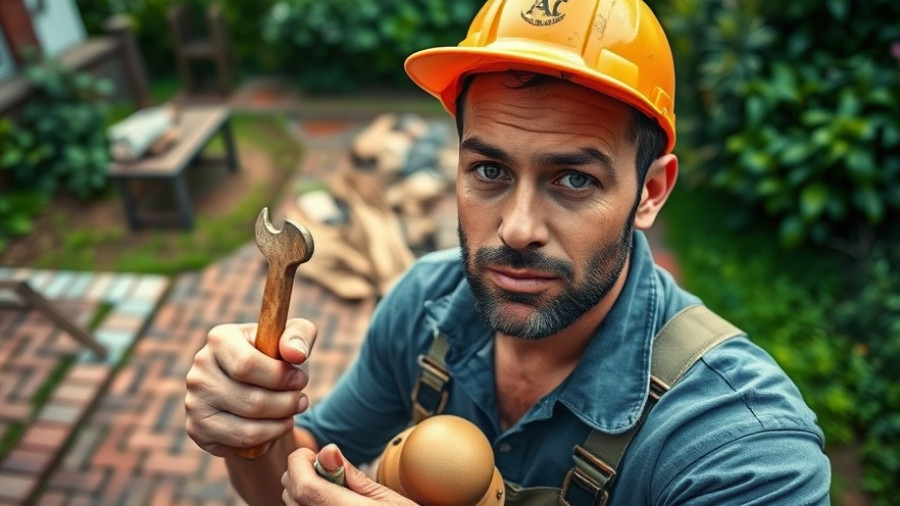
The Construction Industry’s Hidden Labor Crisis
As America's skylines evolve with cranes and new infrastructure, a concerning paradox looms: we lack the skilled labor necessary to meet soaring demands. Despite significant investments in infrastructure, construction projects face severe labor shortages. This issue is not temporary; it’s rooted in systemic changes that have altered the landscape of the workforce.
Where Have All the Workers Gone?
The construction sector is grappling with a dwindling workforce. Currently, approximately 245,000 construction jobs remain unfilled, a striking statistic highlighted by the U.S. Bureau of Labor Statistics. Vocational training once provided a crucial pipeline of skilled workers, but its decline in public schools has left a noticeable gap. Concurrently, the immigration policies that formerly supplied a significant portion of laborers have become increasingly restrictive.
Adapting to a New Workforce
The changing attitudes and work styles of younger generations present another challenge. Today’s workers seek fulfillment and purpose in their roles, differing markedly from previous generations. With nearly 25% of construction workers now over the age of 55, the urgency to attract and engage younger talent intensifies as retirements accelerate.
The Role of Technology and Innovation
Interestingly, advances in technology, such as automation and prefabrication, promise to alleviate some of these staffing burdens. However, reliance on technology alone cannot substitute for the critical human knowledge and expertise lost due to retirements. Instead, it necessitates an industry-wide reevaluation of how we recruit and retain talent.
Valuing Immigrant Contributions
The historical reliance on immigrant labor cannot be overstated. These workers have played a pivotal role in the construction industry for decades; their absence is acutely felt. The pervasive gridlock in immigration policy continues to stymie efforts to rebuild this critical workforce segment, making it essential for policymakers to recognize the value of immigrants in construction.
Strategies for Attracting New Talent
To address the labor shortage effectively, construction firms must rethink how they engage younger generations. This includes offering competitive wages, promoting a positive work culture, and emphasizing opportunities for career advancement. Moreover, forming partnerships with educational institutions to reinstate vocational programs would help create a sustainable talent pipeline.
Conclusion: A Call to Action for the Construction Sector
The challenges faced by the construction industry are immense, but not insurmountable. The sector must adapt by embracing new technologies, valuing the contributions of immigrant workers, and modernizing recruitment strategies to appeal to a younger workforce. By doing so, we can revitalize this essential industry, ensuring it thrives in the face of future challenges.
Recognizing the changes needed is just the first step. It’s time for stakeholders in construction to come together, to offer mentorship programs, and to create inclusive environments where new workers can thrive. Each of us has a role to play in building a sustainable future for the construction workforce.
 Add Row
Add Row  Add
Add 




Write A Comment